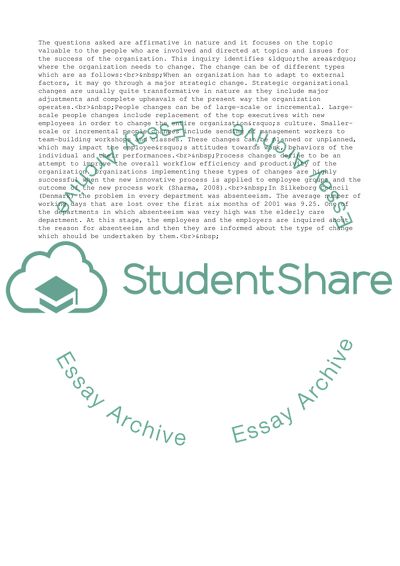Cite this document
(“Appreciative Inquiry of David Cooperrider Essay - 2”, n.d.)
Appreciative Inquiry of David Cooperrider Essay - 2. Retrieved from https://studentshare.org/management/1622237-organization-change-management-case-study
Appreciative Inquiry of David Cooperrider Essay - 2. Retrieved from https://studentshare.org/management/1622237-organization-change-management-case-study
(Appreciative Inquiry of David Cooperrider Essay - 2)
Appreciative Inquiry of David Cooperrider Essay - 2. https://studentshare.org/management/1622237-organization-change-management-case-study.
Appreciative Inquiry of David Cooperrider Essay - 2. https://studentshare.org/management/1622237-organization-change-management-case-study.
“Appreciative Inquiry of David Cooperrider Essay - 2”, n.d. https://studentshare.org/management/1622237-organization-change-management-case-study.


